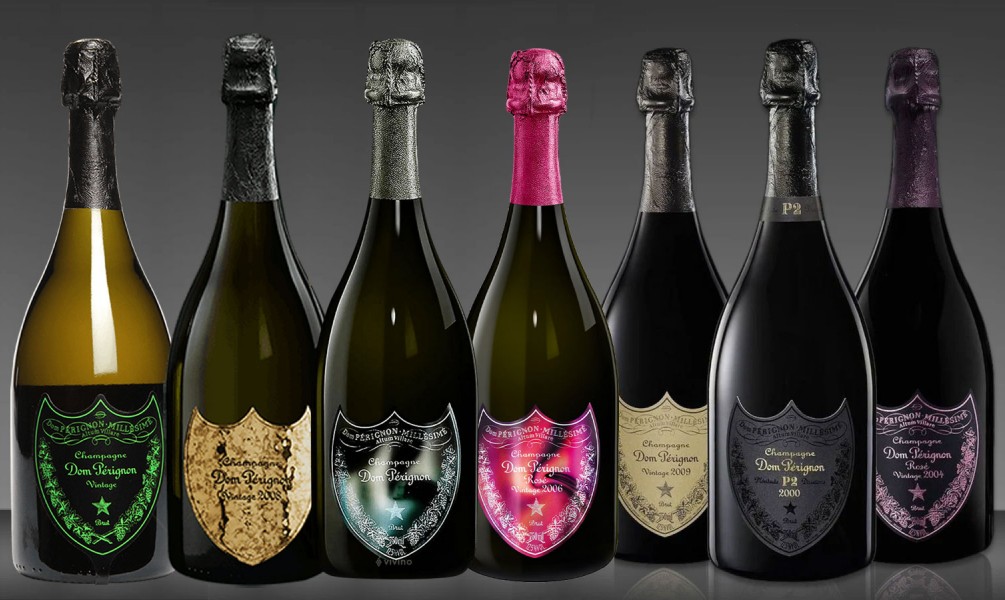
Champagne epitomizes luxury and celebration, but with so many options, selecting the perfect bottle can be a challenge. Dom Pérignon is one of the most renowned champagne brands globally, often associated with exclusivity and grandeur. Its name has become synonymous with supreme quality and sophistication, making it a favorite for the most prestigious events and discerning palates.
But what truly distinguishes Dom Pérignon? Is it merely a symbol of opulence, or does it embody genuine excellence and craftsmanship? In this article, we’ll delve into the brand’s rich history, unique characteristics, and evaluate whether Dom Pérignon lives up to its lofty reputation. From its origins in the Champagne region to its current array of offerings, we’ll explore what makes Dom Pérignon exceptional.
We’ll investigate the elements of its production and the qualities that contribute to its legendary status. Join us as we uncover the story behind this iconic champagne brand and determine if Dom Pérignon truly lives up to its celebrated status as a hallmark of luxury and excellence.
History of Dom Pérignon
Founded in 1921, Dom Pérignon is an esteemed champagne brand that traces its origins to the early 17th century, when the Benedictine monk Dom Pierre Pérignon began developing techniques that would revolutionize champagne producxtion. Though the brand was officially established nearly 300 years later, its legacy is deeply rooted in the traditions and innovations of the monk himself, who is often credited with creating the méthode champenoise.
Dom Pérignon quickly earned a reputation for excellence, becoming synonymous with luxury and refinement. The brand’s association with high-profile events and elite circles cemented its status as a symbol of opulence. Today, Dom Pérignon is part of the Moët & Chandon portfolio within the LVMH (Moët Hennessy Louis Vuitton) group, and it remains a pinnacle of sophistication in the world of champagne, celebrated for its meticulous craftsmanship and distinctive style.
Dom Pérignon Signature Styles
Dom Pérignon is celebrated for its distinct and exceptional range of champagnes, each offering a unique expression of the brand's craftsmanship and commitment to quality. Here are some of the standout selections from Dom Pérignon:
Appearance: Pale Gold, Fine Bubbles
Dosage: 6 G/L
Flavor Profile: Toasted Brioche, Almond, Citrus, Subtle Spice
Aging Potential: 8-15 Years
Food Pairing: Oysters, Truffle Dishes, Roasted Poultry
Serving Temperature: 46.4°F-50°F
Best-Suited Occasions: Milestone Celebrations, Formal Events, Anniversary Toasts
Dom Pérignon Vintage Brut is a symbol of craftsmanship, with each bottle showcasing the best of a single harvest. It offers a well-balanced depth of flavor, making it a top choice for celebrating significant milestones. This champagne’s complexity lies in its careful blending of Chardonnay and Pinot Noir, yielding a refined yet vibrant taste. Known for its longevity, it ages gracefully, evolving into a richer profile over time. Ideal for collectors and champagne enthusiasts alike, this vintage embodies both tradition and innovation in luxury winemaking.
Appearance: Salmon Pink, Lively Bubbles
Dosage: 7 G/L
Flavor Profile: Ripe Red Berries, Rose Petals, Subtle Spices
Aging Potential: 10-20 Years
Food Pairing: Duck, Aged Cheeses, Berry Desserts
Serving Temperature: 46.4°F-50°F
Best-Suited Occasions: Romantic Dinners, Special Anniversaries, High-Profile Gatherings
Dom Pérignon Rosé is a bold yet elegant expression, known for its distinctive character and finesse. This champagne masterfully balances Pinot Noir and Chardonnay to produce a vibrant and complex palate. The rosé stands out for its depth and intensity, aging beautifully over time while retaining freshness. Its luxurious profile makes it perfect for high-profile events and intimate celebrations. Dom Pérignon Rosé is a rare and remarkable offering that speaks to those who appreciate both elegance and intensity in their champagne.
Appearance: Golden Yellow, Persistent Bubbles
Dosage: 5 G/L
Flavor Profile: Hazelnut, Rich Toffee, Roasted Coffee, Minerality
Aging Potential: 15-25 Years
Food Pairing: Foie Gras, Lobster, Gourmet Caviar
Serving Temperature: 46.4°F-50°F
Best-Suited Occasions: Exclusive Events, Celebratory Milestones, Collector’s Tastings
The Dom Pérignon P2 is an elevated experience, showcasing the champagne’s evolution through extended aging. The second plenitude offers a more intense and dynamic expression of the vintage, revealing greater complexity and layers. The rich, evolving flavors make this champagne highly sought after by collectors and connoisseurs. Dom Pérignon P2 is designed to stand the test of time, revealing its full potential over years. Perfect for prestigious occasions, it exemplifies the heights that luxury champagne can reach, creating a deeper connection between time and taste.
Appearance: Rich Amber, Fine Bubbles
Dosage: 6 G/L
Flavor Profile: Mature Fruits, Honey, Toasted Nuts, Complex Layers
Aging Potential: 20+ Years
Food Pairing: Aged Cheeses, Foie Gras, Fine Seafood
Serving Temperature: 46.4°F-50°F
Best-Suited Occasions: Special Anniversaries, Exclusive Gatherings, High-End Celebrations
Dom Pérignon Oenothèque represents a rare opportunity to savor perfectly aged champagne at its peak. These exclusive library releases are meticulously selected for their maturity, allowing enthusiasts to experience the champagne’s full potential. As it develops, the champagne gains incredible complexity and richness, becoming a sought-after choice for special occasions. The Oenothèque collection is cherished for its rarity and quality, offering a glimpse into the unique aging process that transforms Dom Pérignon into a truly remarkable expression.
These distinct styles highlight Dom Pérignon's dedication to creating champagnes that cater to a range of sophisticated tastes and occasions, from classic vintages to rare and aged releases.
The Winemaking Process
A Legacy of Precision and Expertise
Dom Pérignon’s winemaking process exemplifies a legacy of precision and mastery, meticulously honed over centuries. The champagne house utilizes an extensive vineyard portfolio in the Champagne region of France, focusing on premium Grand Cru and Premier Cru sites, which provide the ideal terroir for producing exceptional champagne.
Key Grape Varieties
At the core of Dom Pérignon’s champagnes are three primary grape varieties, each contributing unique characteristics:
- Chardonnay: Known for its finesse and freshness, Chardonnay imparts elegance and a refined texture to the champagne.
- Pinot Noir: This grape adds body and complexity, contributing depth and richness to the blend.
- Pinot Meunier: Providing a fruity and supple profile, Pinot Meunier balances the champagne with its roundness and approachable character.
Traditional Methods and Craftsmanship
Dom Pérignon employs the traditional méthode champenoise, where the second fermentation takes place in the bottle. This time-honored technique is crucial for developing the champagne’s signature effervescence and complex flavors. The cellar master at Dom Pérignon oversees each step of the process, from blending to aging, ensuring the champagne’s hallmark quality.
The Role of Aging
Aging is a vital component of Dom Pérignon’s production. The brand’s flagship Vintage Champagnes are aged for a minimum of seven years, allowing the wines to mature and develop their intricate flavors. This extended aging period enhances complexity and refinement, making Dom Pérignon’s champagnes renowned for their depth and elegance. The P2 (Plénitude Deuxième) and Oenothèque releases undergo even longer aging, offering profound layers of flavor and exceptional character.
Preserving Heritage and Quality
Through its meticulous approach and dedication to tradition, Dom Pérignon not only upholds its prestigious heritage but also delivers champagne of outstanding quality. The brand’s commitment to excellence ensures that each bottle resonates with both historical significance and contemporary sophistication.
Dom Pérignon’s Brand Reputation
Dom Pérignon has cemented itself as one of the most iconic and prestigious champagne brands in the world, embodying luxury and exclusivity. Known for its limited production and vintage-only approach, Dom Pérignon is often associated with opulence and refinement. It has graced the tables of royalty, high-profile events, and the most sophisticated celebrations, solidifying its status as a symbol of elite taste.
On the positive side, Dom Pérignon is revered for its attention to detail and craftsmanship, with each vintage representing a unique expression of time and terroir. Its name is synonymous with elegance, and its reputation is bolstered by its affiliation with LVMH, one of the most influential luxury conglomerates. This association with high-end events and a focus on quality make it a preferred choice for collectors and connoisseurs.
However, some critics point to Dom Pérignon’s association with celebrity culture as a potential dilution of its exclusivity. As the brand has become a fixture in popular culture, its high visibility may lead some to question whether it still maintains the artisanal touch that defines smaller, boutique champagne houses. Despite these concerns, Dom Pérignon continues to be viewed as one of the pinnacle brands in the world of champagne.
Experts and Critics Say On Dom Perignon Champagnes
Dom Pérignon consistently receives high praise from wine experts and critics, cementing its position as one of the world’s finest champagnes. Its vintage-only production and meticulous winemaking process garnered both admiration and scrutiny, with most reviews celebrating the brand's commitment to quality and excellence.
Positive Reviews:
Critics such as Richard Juhlin have lauded Dom Pérignon for its complexity, elegance, and aging potential. Juhlin notes that Dom Pérignon’s vintages, particularly those from exceptional years like 2002 and 2008, deliver a balance of freshness and maturity that few other champagnes can rival.
Wine Spectator and other leading publications also praise Dom Pérignon’s nuanced flavor profiles, describing its texture as refined and its effervescence as lively and delicate. The brand’s ability to combine power with finesse is often highlighted as one of its defining characteristics.
Criticism:
Despite its acclaim, some critics express reservations about Dom Pérignon’s association with luxury marketing. They argue that its high-profile image and frequent appearances in pop culture might overshadow its artisanal qualities. Additionally, the hefty price tag associated with Dom Pérignon can sometimes lead to skepticism, with some suggesting that other vintage champagnes may offer similar quality at a more accessible price.
While a few critics believe Dom Pérignon’s prestige may attract buyers more for the brand than the taste, the overwhelming consensus is that its craftsmanship justifies its reputation. For most, Dom Pérignon remains a top-tier choice, combining art, history, and tradition in every bottle.
Comparing Dom Pérignon to Its Peers
In the realm of prestige champagne, Dom Pérignon stands shoulder to shoulder with some of the most renowned luxury brands, including Krug, Cristal, and Salon. Each house brings something unique to the table, and preferences often depend on personal tastes, occasion, and the desired level of exclusivity.
Krug
Krug is famed for its rich, opulent style, offering layers of complexity and depth. Known for its meticulous craftsmanship, including aging its wines longer than most, Krug is often regarded as the champagne for true connoisseurs. Its emphasis on individuality and bold flavors contrasts with Dom Pérignon’s focus on elegance and harmony.
Cristal
Cristal by Louis Roederer is another peer in the luxury champagne market, known for its silky texture and refined, delicate structure. Like Dom Pérignon, Cristal is made only in exceptional years, but its style tends to be more ethereal and less powerful, appealing to those who prefer a lighter, more crystalline expression of champagne.
Salon
Salon stands out with its singular focus on Blanc de Blancs champagne, made exclusively from Chardonnay. Known for its precision and minerality, Salon's champagnes are celebrated for their aging potential and purity. While Dom Pérignon is more versatile in terms of grape blends, Salon attracts enthusiasts of Chardonnay's finesse and linearity.
Exclusivity and Prestige
Dom Pérignon’s vintage-only approach sets it apart from many competitors, including Krug and Cristal, offering a distinct snapshot of the best grapes from each harvest. Its global reputation for sophistication is unmatched, though some might seek the exclusivity of smaller, more boutique producers like Salon.
Ultimately, Dom Pérignon is celebrated for its balance, prestige, and the artistic blending of tradition and innovation. For those drawn to an experience that marries elegance with depth, Dom Pérignon holds its own among champagne’s elite.
Popularity vs. Prestige
Dom Pérignon strikes a delicate balance between popularity and prestige, standing as one of the most iconic and sought-after luxury champagnes in the world. Despite being highly recognizable, it maintains an air of exclusivity due to its vintage-only releases and meticulous production process. Dom Pérignon’s association with luxury events and high-profile figures elevates its prestige, but its visibility has also prompted debates around its exclusivity versus mass appeal.
For many, the allure of Dom Pérignon lies in its reputation as a symbol of refinement and luxury. Its heritage, history, and exceptional quality continue to captivate collectors and enthusiasts. Yet, some connoisseurs argue that because of its widespread acclaim, it lacks the rarity and artisanal touch found in boutique champagnes. Nevertheless, Dom Pérignon’s consistently high standards and limited vintage releases keep it firmly in the realm of prestigious champagnes.
Dom Pérignon’s Influence on Popular Culture
Dom Pérignon has firmly entrenched itself in popular culture, becoming a synonym for ultimate luxury and sophistication. Its name frequently appears in music, movies, and celebrity events, representing an achievement of high status and success.
One of the most notable nods to Dom Pérignon comes from James Bond, with the iconic British spy famously enjoying the champagne in several films. This association cemented the brand’s image as one aligned with elegance, style, and intrigue.
In the music world, artists like Jay-Z and Madonna have referenced Dom Pérignon, further solidifying its connection to a lavish lifestyle. Whether featured in song lyrics, red carpet events, or high-end gatherings, Dom Pérignon represents more than a champagne — it’s a cultural icon symbolizing celebration, wealth, and sophistication.
Pricing: Is Dom Pérignon Worth the Cost?
Dom Pérignon Champagne Price is premium due to its reputation as a vintage-only luxury champagne. A standard bottle of Dom Pérignon typically starts at around $200, with certain vintages or special editions reaching $400 or more. The high price point reflects its meticulous craftsmanship, prestige, and aging process, which differentiates it from non-vintage champagnes.
When evaluating whether Dom Pérignon is worth the cost, it's essential to consider both its quality and the exclusivity tied to its name. Dom Pérignon offers an exceptional champagne experience, often regarded as more complex and refined than many of its peers. Critics and wine experts frequently praise its balance, depth, and layers of flavor that evolve over time.
However, some champagne aficionados may argue that there are smaller, artisanal producers that offer similarly high-quality vintages at a lower price point. For connoisseurs who appreciate discovering hidden gems, these boutique options may deliver a more distinctive expression of terroir and craftsmanship.
Final Thoughts: Is Dom Pérignon Really a Good Champagne?
Is Dom Pérignon worth the price tag? It largely depends on what you value in a champagne.
For those seeking a luxury experience with a consistent pedigree of quality, Dom Pérignon is undoubtedly a top-tier choice. Its vintage-only production ensures that every bottle reflects a particular year’s character, offering an exclusive and sophisticated drinking experience. The champagne’s name recognition, along with its rich history, adds to the allure.
On the other hand, for those who prioritize uniqueness and enjoy exploring lesser-known producers, Dom Pérignon may feel too mainstream for its price. There are excellent vintage champagnes from smaller houses that deliver comparable or even superior complexity at a lower cost.
In the end, Dom Pérignon’s iconic status, paired with its proven excellence in winemaking, makes it a staple in the list of high-end champagne. It is recognized as dom perignon good champagne, exemplifying quality and sophistication. Furthermore, it serves as a dom perignon good gift, perfect for celebrating special occasions or impressing a loved one. While it may not be the only option for connoisseurs, it’s certainly a benchmark for quality, prestige, and luxury.
FQAs About Is Dom Perignon a Good Champagne:
-
What makes Dom Pérignon champagne special?
Dom Pérignon is known for its vintage-only approach, meaning each bottle is made exclusively from grapes harvested in a single exceptional year. This focus on quality and craftsmanship makes it one of the most prestigious champagnes globally.
-
How does Dom Pérignon’s winemaking process differ from others?
Dom Pérignon undergoes meticulous blending and long aging periods, often over a decade. Each vintage is crafted to reflect the character of the year, balancing precision, complexity, and elegance in every bottle.
-
Is Dom Pérignon worth the price?
While Dom Pérignon is a premium-priced champagne, many consider it worth the investment for special occasions due to its unparalleled quality, prestige, and cellaring potential.
-
What are the best occasions to serve Dom Pérignon?
Dom Pérignon is perfect for significant life events like weddings, milestone birthdays, and anniversaries. Its exclusivity and luxurious nature make it ideal for grand celebrations or formal gatherings.
-
How does Dom Pérignon compare to other high-end champagne brands?
Dom Pérignon is often compared to other luxury champagnes like Krug and Cristal. Unlike multi-vintage blends, Dom Pérignon’s vintage-only focus delivers unique expressions for each release, setting it apart in terms of character and rarity.
-
What food pairs best with Dom Pérignon?
Dom Pérignon pairs wonderfully with refined dishes such as lobster, oysters, and caviar. Its delicate bubbles and complex flavors also enhance lighter fare like sushi or creamy cheeses.
-
What do wine experts say about Dom Pérignon?
Experts consistently praise Dom Pérignon for its sophistication, depth, and aging potential. It’s celebrated for balancing bold flavors with finesse, making it a favorite among collectors and connoisseurs.
-
How long can you cellar Dom Pérignon?
Dom Pérignon is known for its excellent aging potential. Properly stored, a bottle can mature gracefully for 20 to 30 years or more, gaining complexity over time.
-
How has Dom Pérignon influenced champagne culture?
Dom Pérignon is often seen as a benchmark for luxury champagne, influencing trends and expectations in the industry. Its association with exclusivity and high-end events has helped shape the perception of premium champagne.
-
What’s the story behind Dom Pérignon’s name?
Dom Pérignon is named after a Benedictine monk who is often credited with pioneering many of the methods used in champagne production. The brand honors his contributions to the art of winemaking, symbolizing tradition and innovation.



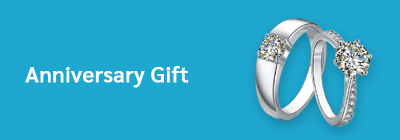
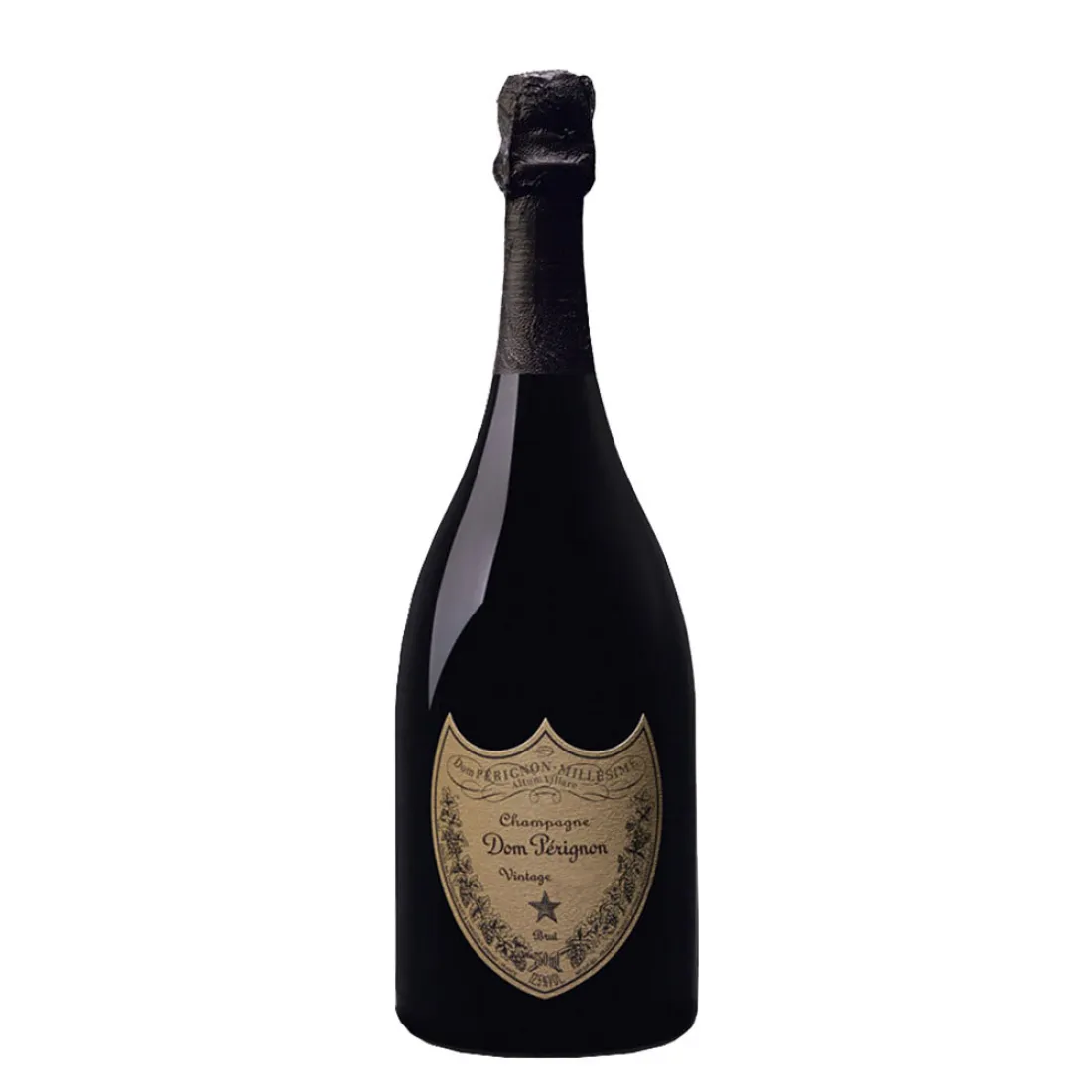
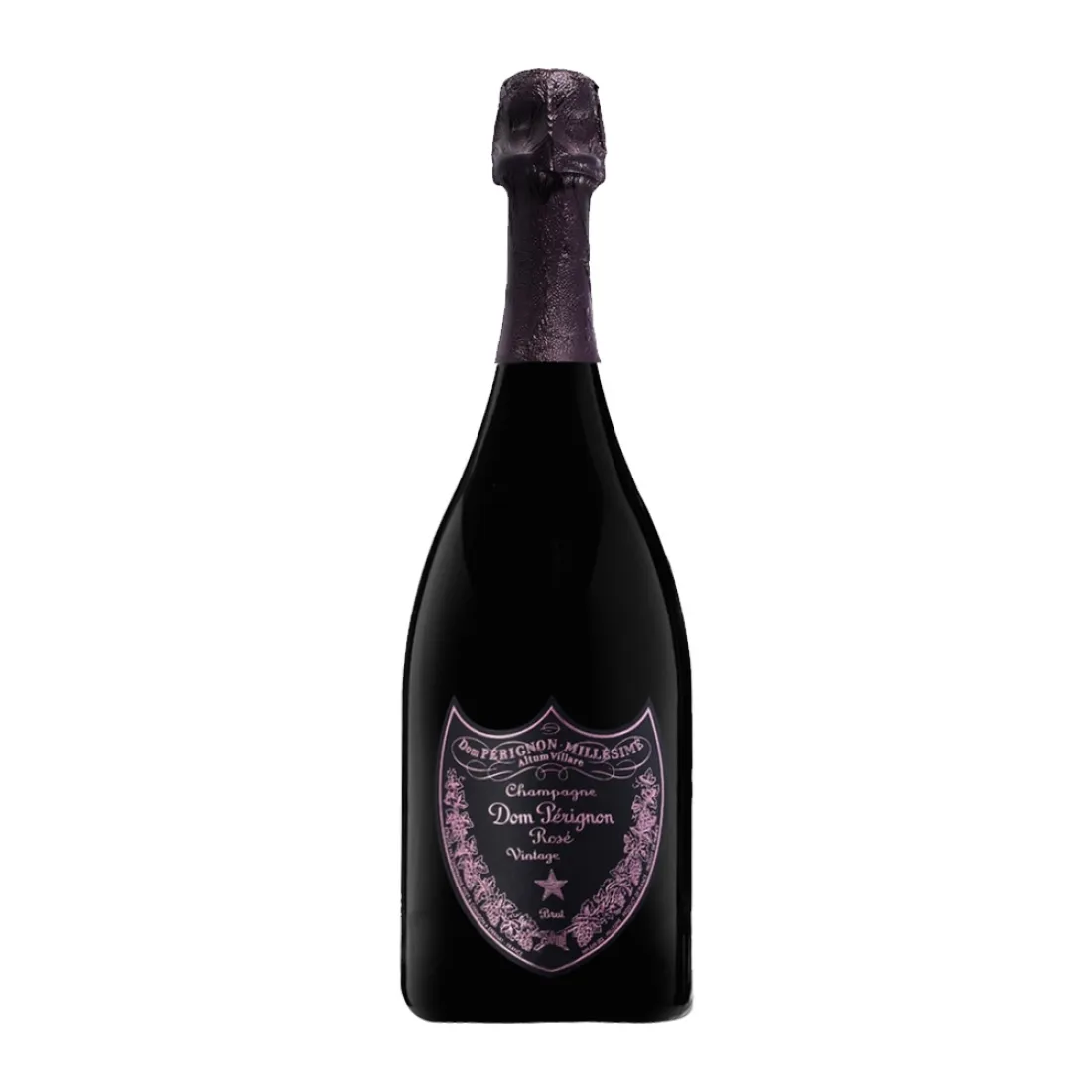
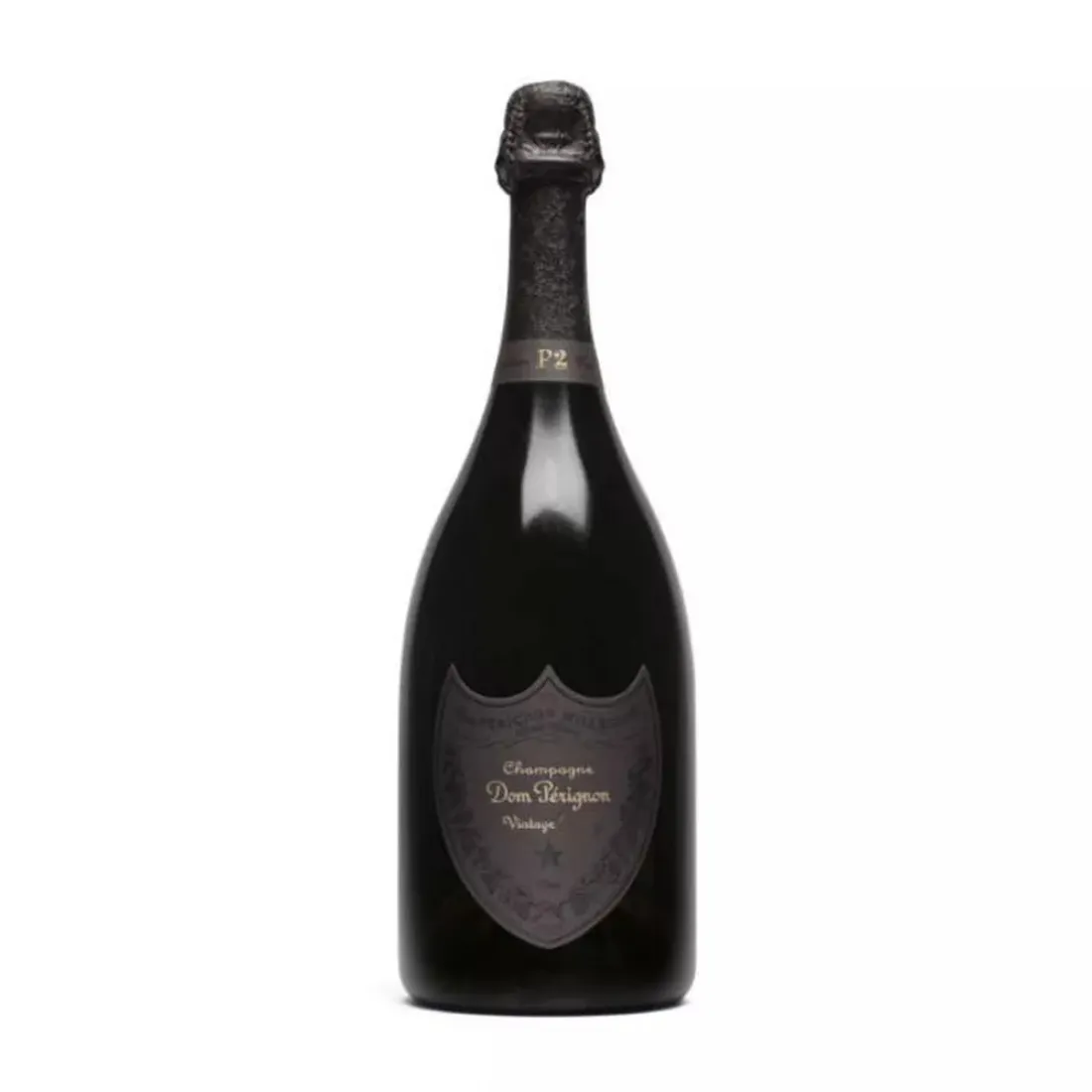
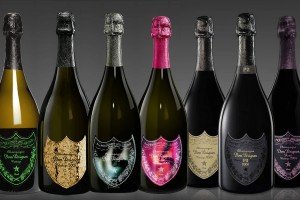
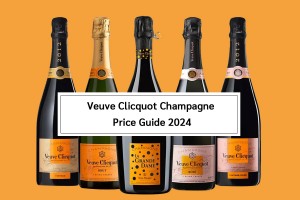
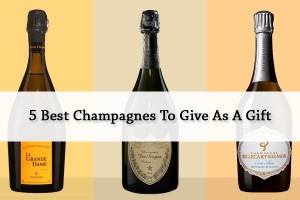
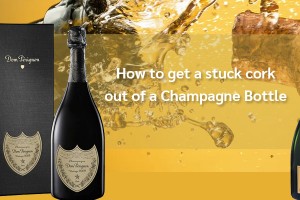

Leave a Comment